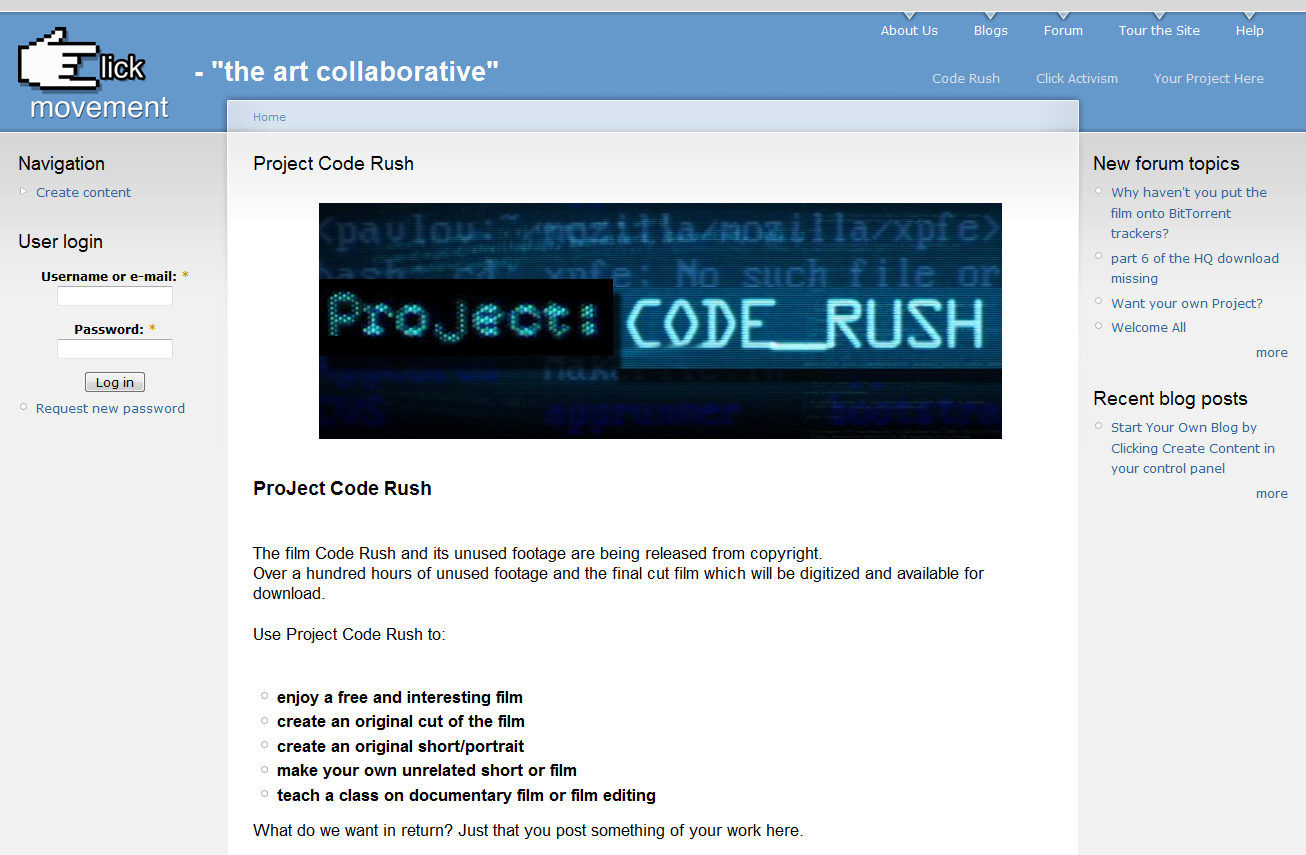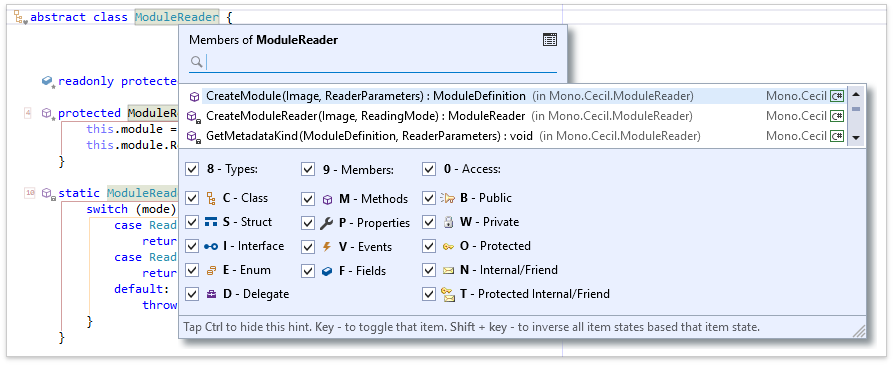

Jethro Beekman's tree utility can be used to work with the extracted tree. UEFIExtract, which uses ffsParser to parse supplied firmware image into a tree structure and dumps the parsed structure recursively on the FS.There are some other projects that use UEFITool's engine: The missing parts are in development and the version with a new engine will be made as soon as image reconstruction works again. Editor part, i.e image reconstruction routines.

It's in development right now with the following features still missing: In the beginning of 2015 the major refactoring round was started to make the program compatible with newer UEFI features including FFSv3 volumes and fixed image elements. Project development started in the middle of 2013 because of the lack of cross-platform open source utilities for tinkering with UEFI images. UEFITool is a cross-platform open source application written in C++/Qt, that parses UEFI-compatible firmware image into a tree structure, verifies image's integrity and provides a GUI to manipulate image's elements. More information on UEFI is available on UEFI Forum official site and in Wikipedia. In 2015 there are numerous systems using UEFI-compatible firmware including PCs, Macs, Tablets and Smartphones on x86, x86-64 and ARM architectures.
CODERUSH UEFITOOL PC
The first EFI-compatible x86 firmwares were used on Apple Macintosh systems in 2006 and PC motherboard vendors started putting UEFI-compatible firmwares on their boards in 2011. Unified Extensible Firmware Interface or UEFI is a post-BIOS firmware specification originally written by Intel for Itanium architecture and than adapted for X86 systems. It’s easy to use with a simple interface, although it requires you to have some UEFI knowledge.UEFITool is a viewer and editor of firmware images conforming to UEFI Platform Interface (PI) Specifications. To conclude, UEFITool is a user-friendly tool for accessing your UEFI configurations and settings and making changes to them. In terms of the features, you’ll have access to some nice UEFI tools. And when you’re done editing, you can easily export the image. You may also remove the pieces you find unwanted. You can extract the data from an image and insert items into it.

You’ll be able to open them and view them inside a structured interface where you’ll see their name and additional information about them. These are some of the most common and standard BIOS image types. It is compatible with many BIOS image types, such as ROM, BIN, CAP, BIO, FD, WPH, and EFI. What is more, this application offers you many nice functionalities and compatibility. Even though it’s not very visually appealing, you’ll be able to use it easily. But the experience matters, and that is on a relatively high level.

It has a simple design that looks somewhat simplistic. However, it’s also important to note that you’ll need to know about the configurations inside UEFI, even if the tool is simple and easy to use.īut if you already have that, then UEFITool will be a breeze. This tool is user-friendly as it has an intuitive interface allowing you to access your UEFI configurations easily. You can import the data via image files, view these configurations, and edit them if you want.Įven though UEFI editing is perceived as a job for professionals, you’ll be able to edit them with this user-friendly application that will provide you with a nice interface. With UEFITool, editing and viewing your UEFI and BIOS configurations are easy. UEFITool allows you to edit your UEFI thanks to this user-friendly interface, where you can access all of the tools inside UEFI, even if you’re a beginner.


 0 kommentar(er)
0 kommentar(er)
